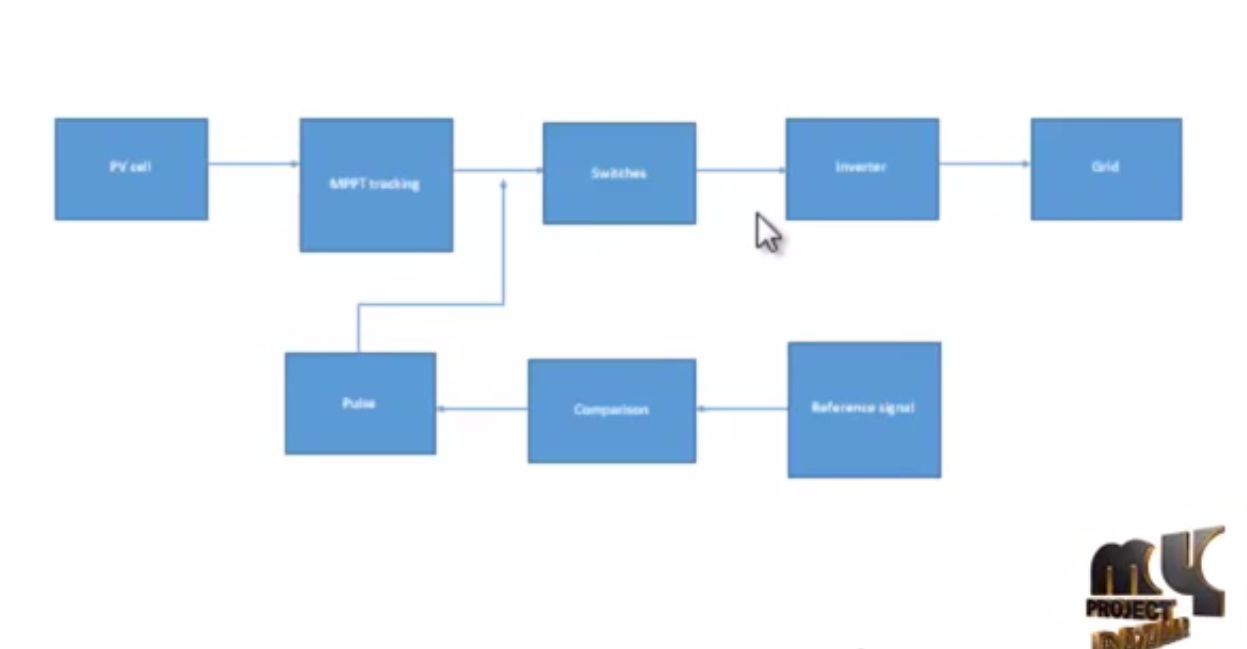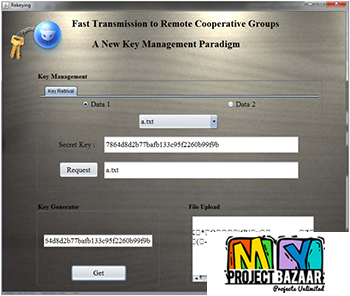
A Look-Ahead Clock Gating Based on Auto-Gated Flip-Flops
Product Description
Abstract—Clock gating is very useful for reducing the power consumed by digital systems. Three gating methods are known. The most popular is synthesis-based, deriving clock enabling signals based on the logic of the underlying system. It unfortunately leaves the majority of the clock pulses driving the flip-flops (FFs) redundant. A data-driven method stops most of those and yields higher power savings, but its implementation is complex and application dependent. A third method called auto-gated FFs (AGFF) is simple but yields relatively small power savings. This paper presents a novel method called Look-Ahead Clock Gating (LACG), which combines all the three. LACG computes the clock enabling signals of each FF one cycle ahead of time, based on the present cycle data of those FFs on which it depends. It avoids the tight timing constraints of AGFF and data-driven by allotting a full clock cycle for the computation of the enabling signals and their propagation. < Final Year Projects > A closed-form model characterizing the power saving per FF is presented. It is based on data-to-clock toggling probabilities, capacitance parameters and FFs’ fan-in. The model implies a breakeven curve, dividing the FFs space into two regions of positive and negative gating return on investment. While the majority of the FFs fall in the positive region and hence should be gated, those falling in the negative region should not. Experimentation on industry-scale data showed 22.6% reduction of the clock power, translated to 12.5% power reduction of the entire system.
Including Packages
Our Specialization
Support Service
Statistical Report

satisfied customers
3,589
Freelance projects
983
sales on Site
11,021
developers
175+Would you like to submit yours?


















There are no reviews yet